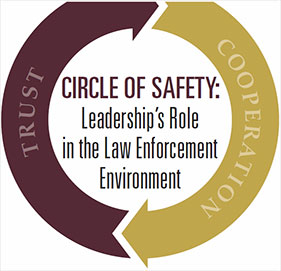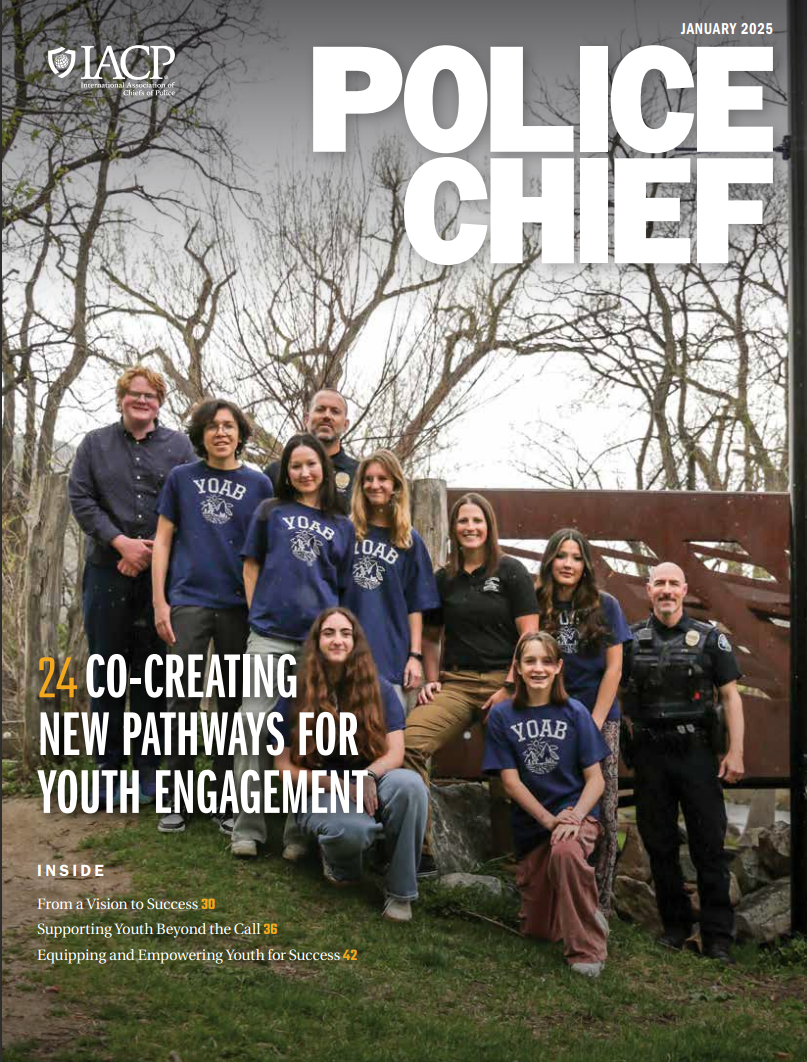
Whenever I hear about a corporate scandal, like what happened at Wells Fargo, where millions of customer accounts were opened illegally by employees to help drive their numbers, I immediately want to know about the leadership environment in which these people were operating.
It’s too simple to simply dismiss abhorrent, unethical, or illegal behavior as isolated events or “a few bad apples.” Though that is true some of the time—we do have psychopaths and sociopaths in our world who act independently and outside of any leadership environment or culture of norms—most of the poor decisions or severe lapses in sound judgment are not such outliers. We can’t dismiss thousands of employees from Wells Fargo, for example, as bad apples. The vast majority were good people working in a bad leadership environment.
The fact is, human beings are social animals. We respond to the environments in which we live or work. We can take a good person and put them in a bad environment, and that person is capable of doing bad things. Likewise, we can take a person who may have performed bad acts, change their environment to something more positive, and that person is capable of turning their life around and becoming a remarkable, productive member of society. It’s not just the person; it’s the environment. Which begs the question—what kind of environment are police working in today?


